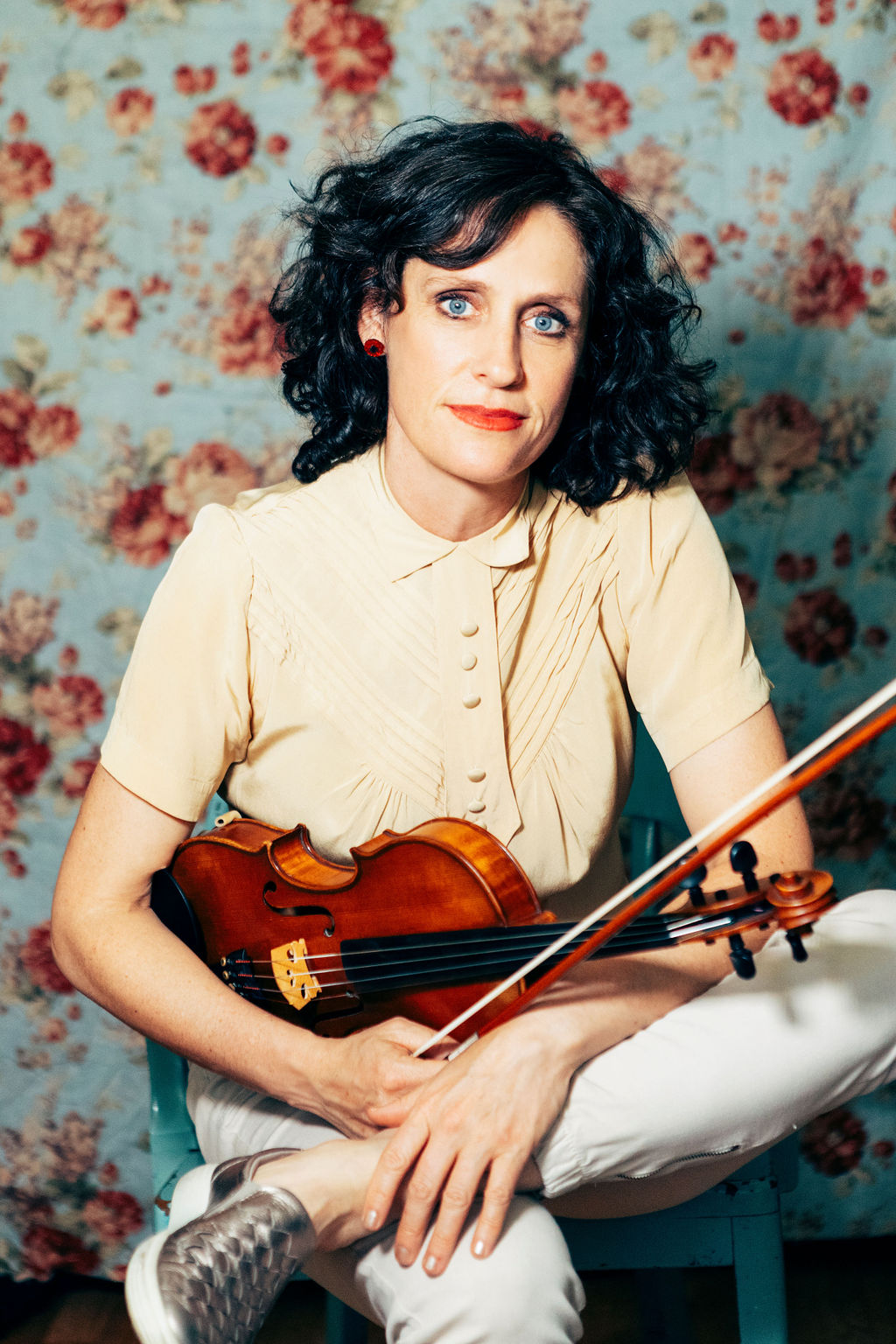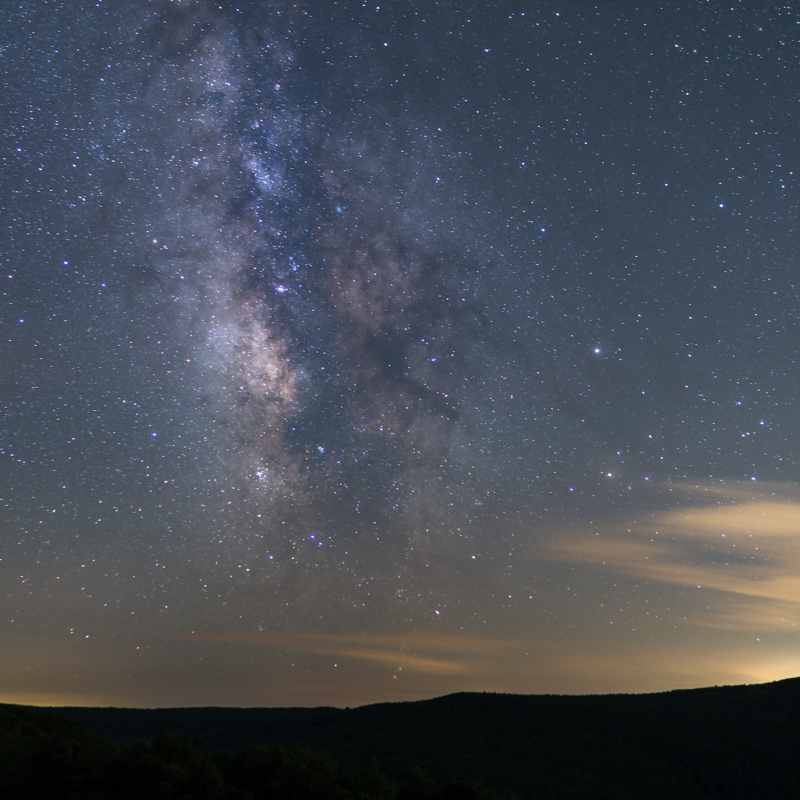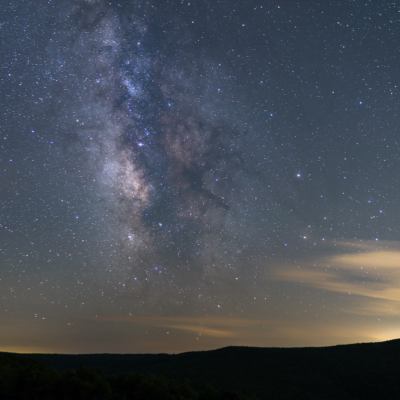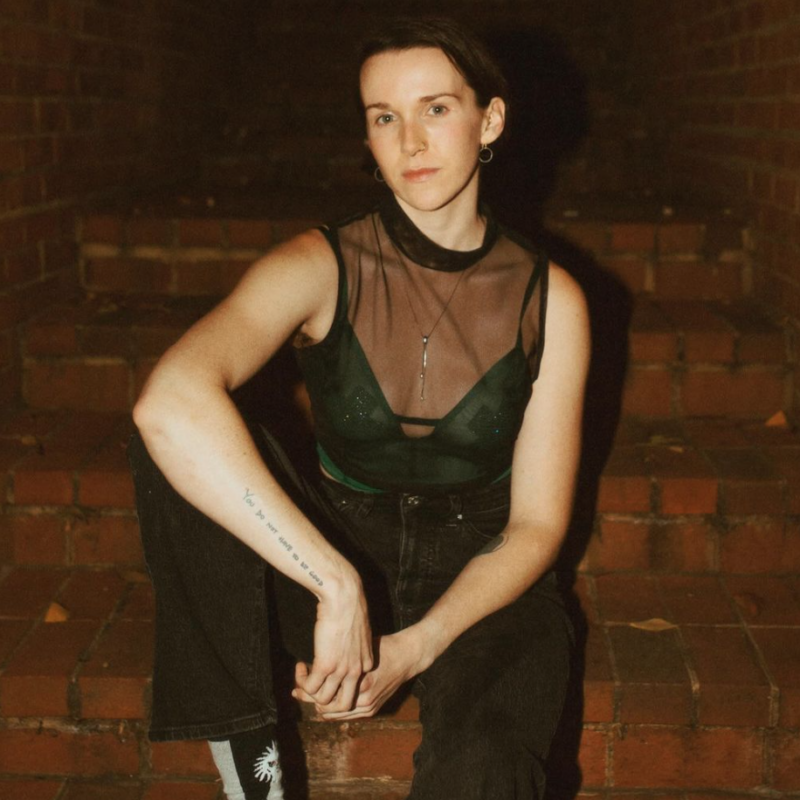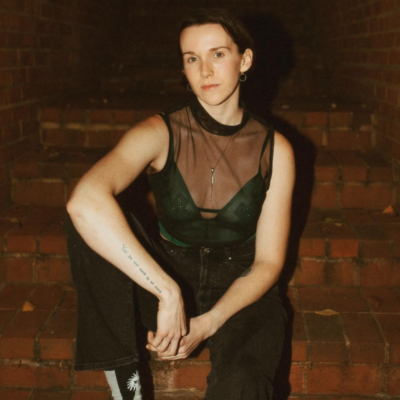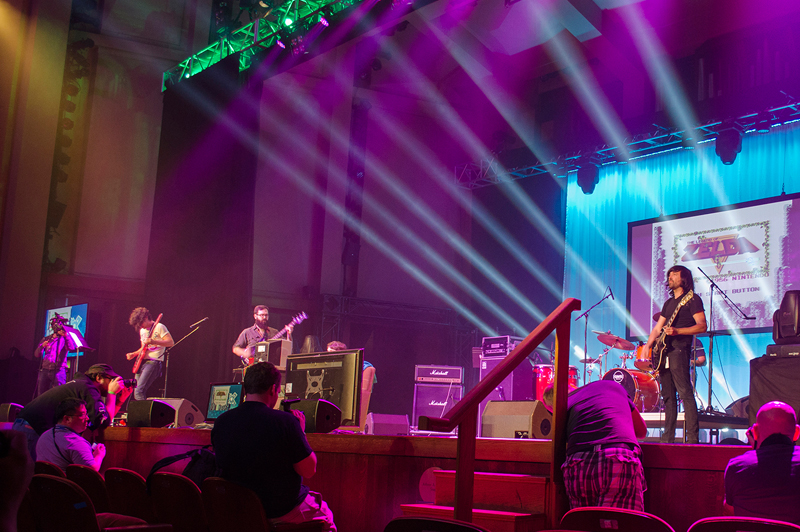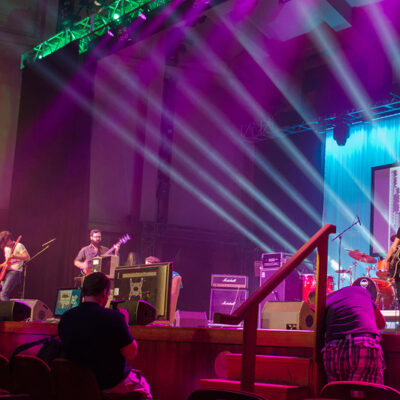Jenny Scheinman doesn’t peg her parents as hippies. Despite the pair’s collective worldview being catalyzed by a mixture of 1960s politics and a desire to go back to the land, “They’re not very far out,” says bandleader and violinist Scheinman.
After her parents decamped from New York and began homesteading near Eureka, California, Scheinman says her upbringing included playing violin outdoors during the summer. It’s a bucolic ideal that’s stamped all over her writing and performing—regardless of the musical setting she’s in.
“It was clear once I started playing violin that I could kind of weave my way around in these pieces,” says Scheinman. “I can sort of tell stories on a single-line instrument much easier than on piano.”
Scheinman eventually moved south to attend the University of California at Berkeley, where she did not study music, but played regularly with a variety of groups, including The Hot Club of San Francisco.
While navigating the Bay Area jazz scene, she caught a trio led by trumpeter Dave Douglas that inspired her to pick up and move to New York. Once there, she began working with players as disparate as Norah Jones and John Zorn.
Throughout that musical journey, Scheinman retained a melodic inclination—something she says “is almost a problem” for her.
“I do love listening to music that doesn’t have that, that leaves a space where somebody isn’t telling you something,” says Scheinman, referencing wide-open funk grooves including a vamp that launches “All Species Parade,” the title track on her most recent release.
On the double vinyl version of the album, released by the Royal Potato Family imprint, an almost 20-minute suite of music takes up side two. It opens with “Jaroujiji,” a stormy but contemplative tune featuring Scheinman and pianist Carmen Staaf sweeping through the melody. The song, which takes its name from the Wiyot Tribe word referring to where Scheinman grew up, segues into a short duet between the pianist and drummer Kenny Wollesen. The title track concludes the intertwined trio of songs, its sparse backbeat almost unchanged for 11 minutes.
That collection of songs—and the album as a whole—works as a love letter to the part of northern California where Scheinman grew up. It’s a landscape etched in the American consciousness as a rustic remove, dotted with eccentric characters who live on land wrested from the native community that previously thrived in the area.
Celebrating the people and critters who live there, the bandleader says, is at the core of the community. And in an effort to reflect that inclusivity, Scheinman obsessively sequenced her latest album, considering the order of tunes for around a year to tell a story about her hometown and the natural beauty that encompasses it.
“It’s a little bittersweet,” says Staaf. “Any project that has to do with biodiversity right now is going to be a little bit bittersweet. But also, it’s like we’re trying to celebrate and say, ‘This is what’s so beautiful about us getting to live here on this earth.’”
Staaf says this is about the album as a whole, before focusing on the title track. “I think that’s part of just being in a funk groove for the first two minutes: Let’s just sit here, because why not? Because it’s just great to be alive.”
Though Keith Ganz is set to play with the troupe rounded out by bassist Tony Scherr, a handful of other guitarists contributed to the recording. Nels Cline, Bill Frisell, and Julian Lage—each lauded for unique approaches to the instrument—make appearances: Lage on three tracks, and Cline and Frisell on “The Cape,” a sonic outlier. The bandleader and her rhythm section have a longstanding relationship with Frisell, who’s known for his admixture of jazz, folk, and other music.
Scheinman says her albums are self-portraits, and “The Cape” offers vivid detail of her interactions with the coast. The composition simultaneously evokes California’s rollicking surf bands of a bygone era, while featuring the violinist in parts suitable for the Old Fiddler’s Convention in Galax.
“I really want to step away from that idea of our relationship to nature as something that you look at and you cultivate,” says Scheinman while discussing portions of northern California’s craggy coast. “[It can be] super-immersive and can be terrifying.”
As in Charlottesville and its surrounding hills and mountains, Scheinman’s West Coast feels like a bit of a respite—nature as a balm for lacerations left from keeping an eye on American politics. The music on All Species Parade could be understood as an aural de-stresser, something Scheinman’s acutely aware of.
“I’m really very concerned about the state of our union, the state of our country,” says Scheinman. “I want to create spaces where people can commune and connect, and get something tangible. It’s really less about me these days and more about us.”
Jenny Scheinman will perform selections from her latest album, All Species Parade, on Wednesday at Unity of Charlottesville. More info at cvillejazz.org. Photo: Erika Kapin
